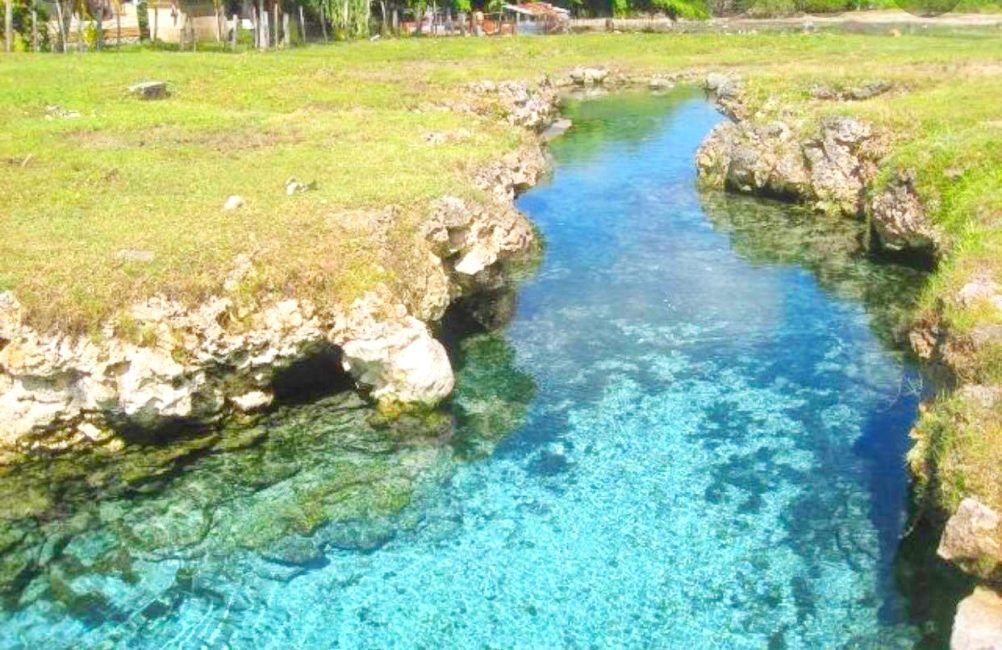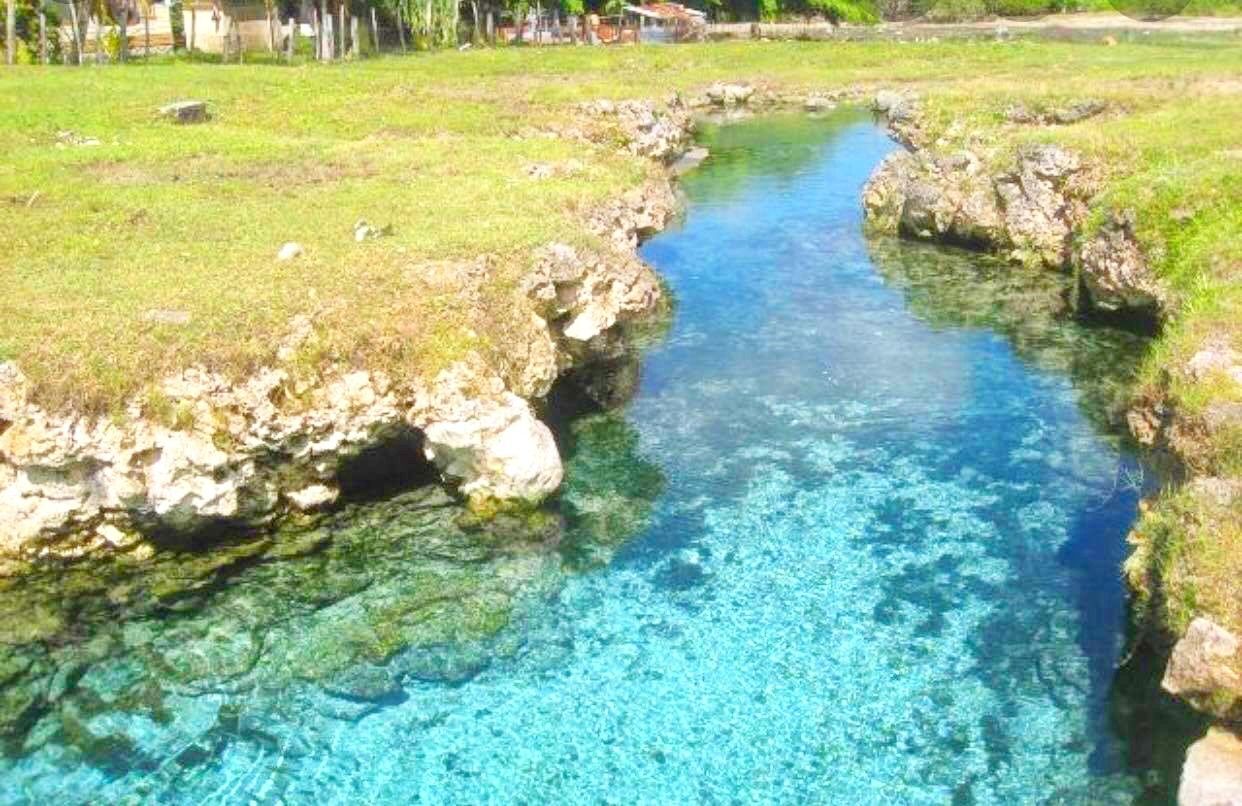How to Plan a Trip to The Niuas
Discover Tonga’s most remote island group, The Niuas, where tradition, pristine underwater worlds and a destination for discovery have gone unchanged for centuries. The island group is made up of just three main islands, Niuatoputapu, Tafahi and Niuafo’ou, all of which are closer to Samoa than they are to the next nearest Tongan island group, Vava’u.
There are no tourist services on the island, other than the occasional flights and ferries. Visitors are going to have to connect with the locals, who are typically very welcoming to those who have made the journey, to be shown around the hotspots. These could be glorious white sand beaches, crystal clear freshwater springs, impressive volcanic peaks or bubbling crater lakes. We’ll guide you through the highlights in this complete travel guide to The Niuas.
Frequently Asked Questions About The Niuas
We’re here to plan the best trip ever, so we won’t waste any time in giving you the questions that most travellers have when visiting The Niuas.
Where is Niua?
Niua or “The Niuas” is the northernmost island group of Tonga, located in the South Pacific Ocean in the continent of Oceania. Find out more about the location of The Niuas in our guide, Where is Tonga Located?
What is the Population of The Niuas?
The population is approximately 1,160 with around 700 living on Niuatoputapu, 430 living on Niuafo’ou and 28 living on Tafahi. Population numbers are based on the 2021 Census.
Do People Live on Niuafoʻou?
Yes, people do live on Niuafo’ou. Approximately 430 people live on the island of Niuafo’ou.
What is the Northernmost Tonga Island?
Niuafo’ou is the northernmost Tonga island, located approximately 615 km (380 mi) north of Tongatapu and 375 km (230 mi) north of Vava’u.
What is the Weather Usually Like in The Niuas?
The weather in The Niuas is tropical with a daily average temperature of 30°C (86°F) and a yearly average rainfall of 2,600 mm (102 in). Find out more about the climate in What is the Weather Like in Tonga?
How Do You Get to The Niuas?
International flights from Fiji, Australia and New Zealand land at Fua’amotu International Airport on Tongatapu. From there, travellers can connect to The Niuas by taking one of the weekly flights to Niuatoputapu or Niuafo’ou. Alternatively, a cargo ship ferry travels out to the islands from Tongatapu around once a month. Find out more in the 5 Ways to Get to The Niuas.
Niuatoputapu
Niuatoputapu, meaning “Sacred Island”, is located approximately 375 km (230 mi) north of Vava’u. The island rises 157 m (516 ft) and is an eroded old volcano. There are three villages on Niuatoputapu, including the largest one in The Niuas, Hihifo. Here, you will find a police station, a small store, government offices and a post office. The other villages are Vaipoa and Falehau.
Features of the island include white sandy beaches with lagoons, villages with traditional thatched fales (houses), and a 157 m-high volcanic peak where you can get amazing views.
10 Things to Do on Niuatoputapu
- Hike to the peak of Niuatoputapu
- Catch a boat to Tafahi
- Take a dip in the Hihifo Freshwater Spring
- Snorkel or scuba dive among the island’s untouched coral reefs
- Relax on an unspoiled beach
- Listen to the singing at a Sunday church service
- Visit a local school and donate supplies
- Do some whale watching from the beaches or the peak
- Join a local fisherman for some fishing
- Experience a Tongan barbecue.
For more details on the activities mentioned, see the 10 Best Things to Do on Niuatoputapu, as well as the 15 Things to Do in The Niuas.
Tafahi
Tafahi is the most recognisable island in The Niuas, being an extinct stratovolcano with a perfectly cone-shaped mountain. The 3.42 km² (1.32 mi²) island sits approximately 9 km (5.6 mi) north of Niuatoputapu. It’s the highest island in The Niuas, reaching 560 m (1,840 ft) high.
There is one village on the island with a primary school. The only way to access the island is on small boats, as there is a small opening in the fringing reef which is impassable for larger boats. Visitors can get to the island by negotiating with fishermen on Niuatoptupa, who make the crossing most days.
Things to Do on Tafahi
- Hire a guide to hike to the summit of the volcano – you can see Samoa on a clear day!
- Donate school supplies to the local primary school
- Do some fishing with a local on your way between Tafahi and Niuatoputapu…
Learn more about the island in the 15 Best Things to Do in The Niuas.
Niuafo’ou
The most remote island in Tonga and one of the remotest islands in the world, Niuafo’ou sits 100 km (60 mi) west of Niuatoputapu. The island is much different geologically than its neighbour. The volcanic-rimmed island has a large crater with a freshwater lake called Vai Lahi. The coastline is mostly rocky cliffs with a handful of black-sand beaches. The volcano on Niuafo’ou is an active one where there have been 10 major eruptions in the past 150 years.
While Niuafo’ou has its own distinct culture and attractions, it is also famous for its usual postal service, which ended only in 1931 but the legend is still widely known today! Niuafo’ou used to be known as “Tin Can Island”, as the only way post could be delivered to the island, with no anchorage or landing site, was for passing supply ships to put mail in a biscuit tin and toss it overboard. An islander would then swim out to retrieve the tin. The postal service only changed when the swimmer was taken out by a shark…
8 Things to Do on Niuafo’ou
- Check out Vai Lahi, the “Big Lake”
- Taste the local delicacy ‘ofato – a large grub only found on this island
- Look out for the rare Tongan megapode
- Experience village life in one of the island’s 10 villages
- Listen to the singing at a Sunday church service
- Join the locals for a canoeing trip across Vai Sii, the “smaller lake”
- Do some whale watching from the shores between July and October
- Go for a drive around the caldera with the locals.
For more details on the activities mentioned, see the 10 Things to Do on Niuafo’ou, as well as the 15 Best Things to Do in The Niuas.
Accommodation in The Niuas
Those who visit The Niuas usually will stay in their own yachts, have accommodation organised through a volunteer service, or will have to become friendly with the locals who might be able to take them in. Camping could be an option, but you’ll need your own gear and to ask permission from the locals first.
Ask at the Tourist Information Centres in Nuku’alofa or Neiafu for the latest homestays available on the islands, as homestays are unlikely to be advertised.
More About Tonga
That’s it for our guide to The Niuas. Learn more about Tonga’s island groups in the following guides:
- The Complete Guide to Tongatapu
- The Complete Guide to ‘Eua
- The Complete Guide to Ha’apai
- The Complete Guide to Vava’u
Finally, if there’s anything we’ve missed, you’re likely to find it in The Complete Travel Guide to Tonga.
Author
Laura (Lola) S.
This article was reviewed and published by Laura, editor in chief and co-founder of Tonga Pocket Guide. Since arriving solo in the South Pacific over 10 years ago with nothing but a backpack and a background in journalism, her mission has been to show the world how easy (and awesome) it is to explore a paradise such as Tonga. She knows the islands inside-out and loves sharing tips on how best to experience Tonga’s must-dos and hidden gems. Laura is also editor of several other South Pacific travel guides.

